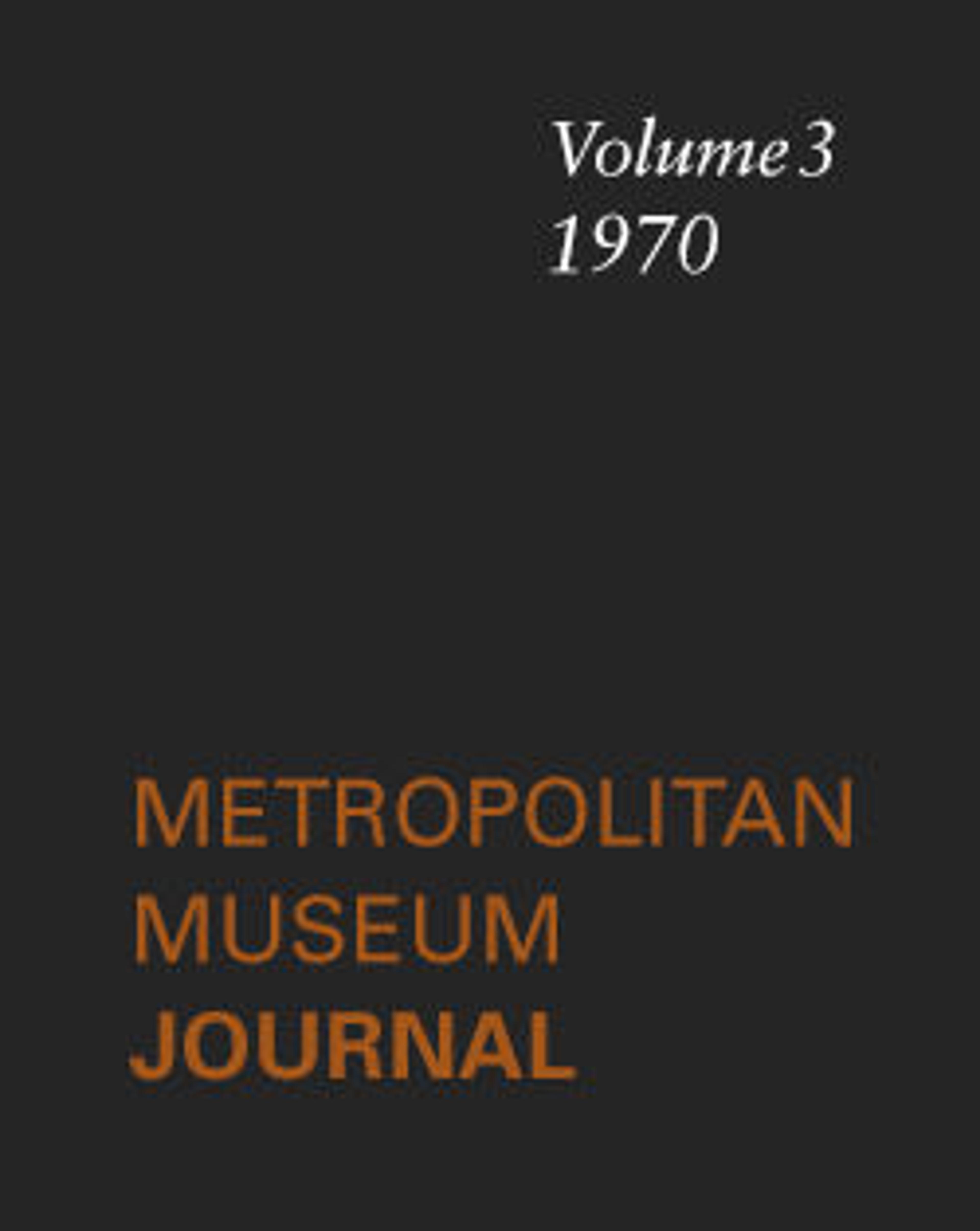Head of a King, possibly Amememhat IV
This small royal head is not easy to place in the history of Middle Kingdom art. The face is certainly reminiscent of images created late in the reign of Amenemhat III, but such resemblances are seen in many royal portraits created throughout late Dynasty 12 and Dynasty 13. There is one approach, however, that might lead to a tentative attribution of the head. Part of the lintel of a limestone shrine was found among the debris west of the pyramid of Amenemhat I (22.1.12), exhibited in gallery 109). It is inscribed with the name of Amenemhat IV. If there indeed existed a shrine for a statue of that king at the site, this head might once have been part of it. Except for small human faces on a row of uraei cobras, there is no other statue preserved showing the features of this son and successor of Amenemhat III.
Artwork Details
- Title:Head of a King, possibly Amememhat IV
- Period:Middle Kingdom
- Dynasty:Dynasty 12 (?)
- Reign:possibly reign of Amenemhat IV
- Date:ca. 1814–1805 B.C. suggested
- Geography:From Egypt, Memphite Region, Lisht North, Pyramid Temple of Amenemhat I, east, Pit 412, debris above burial chamber, MMA excavations, 1907–08
- Medium:Limestone
- Dimensions:H. 14 cm (5 1/2 in.)
- Credit Line:Rogers Fund, 1908
- Object Number:08.200.2
- Curatorial Department: Egyptian Art
More Artwork
Research Resources
The Met provides unparalleled resources for research and welcomes an international community of students and scholars. The Met's Open Access API is where creators and researchers can connect to the The Met collection. Open Access data and public domain images are available for unrestricted commercial and noncommercial use without permission or fee.
To request images under copyright and other restrictions, please use this Image Request form.
Feedback
We continue to research and examine historical and cultural context for objects in The Met collection. If you have comments or questions about this object record, please contact us using the form below. The Museum looks forward to receiving your comments.
